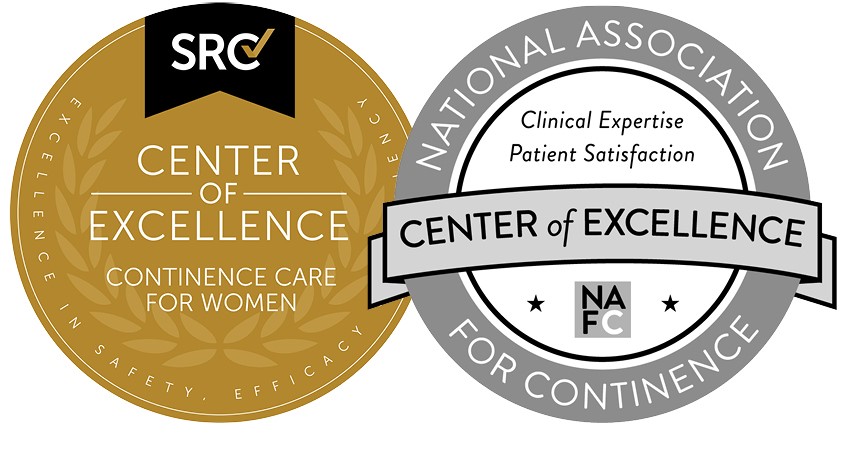LUGPA Policy Update: Most Favored Nation Drug Pricing
October 2025
The Trump Administration continues to advance Most Favored Nation (MFN) drug pricing initiatives aimed at linking U.S. drug prices to those in comparable developed countries. These efforts include voluntary manufacturer agreements, CMMI demonstration models, and direct purchase platforms designed to bypass intermediaries and reduce costs.
The first major agreement with Pfizer marks the start of this shift. The Administration is expected to pursue additional manufacturer deals and potential legislative MFN mandates before year-end.
Key Developments
1. Voluntary Manufacturer Agreements
On September 30, 2025, the Administration and Pfizer announced the first voluntary MFN agreement, extending OECD-based international reference pricing to the Medicaid program. Although full details remain confidential, several core provisions have been reported:
- U.S. Investment Commitment: Pfizer pledged $70 billion in domestic R&D and manufacturing, including full onshoring of imported product value.
- Drug Launch Pricing: New drugs will enter all U.S. markets—commercial, Medicare, Medicaid, and cash-pay—at prices no higher than in peer countries.
- Initial Implementation: The program applies first to Medicaid, with future expansion to direct-to-consumer (DTC) channels. The impact on patients’ copays will be limited, but increased Medicaid rebates will reduce government spending.
- Tariff Relief: Pfizer secured a three-year exemption from 100% tariffs on imported drugs.
Negotiations with Eli Lilly and AstraZeneca are reportedly underway, and similar agreements could appear soon. Bristol Myers Squibb has also announced plans to align certain U.K. list prices with U.S. levels.
Meanwhile, PhRMA is advancing a 10-year, $500 billion domestic investment plan to expand R&D, patient assistance programs, and DTC options.
2. CMMI Demonstration Models
The Center for Medicare and Medicaid Innovation (CMMI) has submitted three MFN-related proposals for OMB review, signaling a renewed push for international price benchmarking:
- Voluntary Medicaid Pricing Pilot Program
- Global Benchmark for Efficient Drug Pricing (GLOBE): A potential mandatory Medicare Part B model (RIN 0938-AV66) that may exclude physician office settings, which would be a major win for independent practices.
- Guarding U.S. Medicine Against Rising Drug Costs (GUARD): A Medicare Part D demonstration (RIN 0938-AV74).
These models echo the earlier MFN proposal, which was withdrawn in 2021 after strong opposition from providers. LUGPA continues to advocate to ensure that practice-based care is protected.
3. Direct Purchase and DTC Platforms
Two direct-to-consumer drug pricing platforms are launching in 2026:
- AmericasMedicines.com (PhRMA): A centralized hub connecting patients with manufacturer discount programs, supplementing initiatives from Lilly, Pfizer, Novo Nordisk, Bristol Myers Squibb, and Roche.
- TrumpRx (Administration): A federal site linking consumers to manufacturer pricing for prescriptions at the lowest available rates.
While both aim to undercut PBMs and lower list prices, the overlap between them remains unclear. Early impacts on in-office dispensing are expected to be minimal, limited mainly to high-rebate and IRA-negotiated drugs.
Regulatory & Market Context
- Benchmarking: CMS intends to use net prices, not list prices, for MFN comparisons.
- Incentives: Manufacturers agreeing to MFN alignment or domestic investment may receive tariff exemptions and FDA priority review.
- Legislative Outlook: End-of-year legislation may include mandatory Medicaid MFN provisions, potentially using savings to fund ACA premium tax credit extensions.
CMS IPAY 2028 Guidance
CMS’s final guidance for the Medicare Drug Price Negotiation Program (Initial Price Applicability Year 2028) deferred decisions on how the Maximum Fair Price (MFP) interacts with the Average Sales Price (ASP) until the CY 2026 Physician Fee Schedule Final Rule.
Stakeholders have cautioned that incorporating MFP into ASP could reduce provider reimbursement for Part B drugs. CMS confirmed that affordability remains its goal and that non-1847A(b)(4) drugs will continue using non-FAMP ceilings, not ASP replacement.
Impact on Urology Practices
Potential Benefits
- Lower Costs for Patients: Reduced Medicaid and DTC prices could improve adherence to prostate and bladder cancer therapies.
- Improved Supply Chain Stability: Expanded domestic manufacturing may reduce shortages.
- Value Alignment: Policies promote price transparency and cost efficiency consistent with value-based care.
Potential Risks
- Reimbursement Pressures: Lower benchmark prices could reduce ASP-based reimbursements.
- Administrative Adjustments: Practices may need to update contracts, billing, and purchasing systems.
- Market Shifts: DTC programs may alter patient purchasing behavior, particularly for self-administered therapies.
The Pfizer MFN agreement marks a significant step toward reshaping U.S. drug pricing. With additional manufacturer negotiations, CMMI pilots, and DTC platforms on the horizon, federal drug pricing reform is accelerating.
LUGPA will continue to monitor these developments closely, analyze their effects on urology practices, and advocate to ensure physician reimbursement and patient access are protected as these policies evolve.
|




